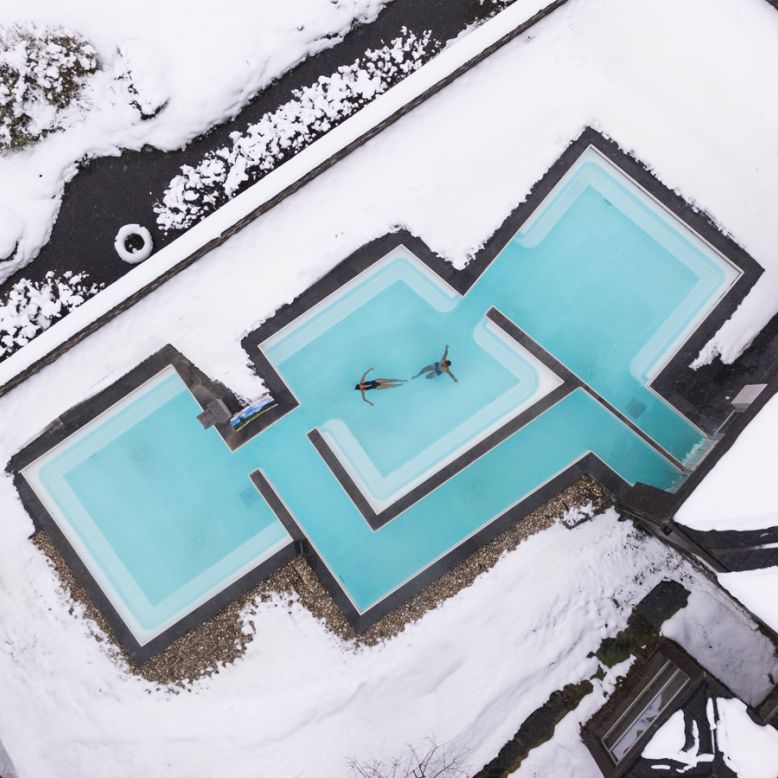- Home page
- Tourism
- Discover
- Toulouse Pyrénées, ode to nature
- Discover
- Tourism
Toulouse Pyrénées, ode to nature
Automatic translation
PRESENTATION AND GEOGRAPHY
FROM THE PINK CITY TO THE SUMMITS OF THE PYRENEES
This vast territory, part of the Occitanie region, covers three departments: Haute-Garonne, Ariège and Hautes-Pyrénées with the Pyrenees as a backdrop.
It is a country of natural lakes, where streams and torrents spring up, thousand-year-old glaciers, peaks, passes and green valleys… contrasting lands playing with natural elements.
In the summer pastures and meadows graze peaceful herds of cows and sheep and in its forests, constituting a biodiversity reserve, the bear reintroduced by man has made a comeback. The flora and fauna are particularly remarkable: chamois, ibex, marmots, majestic birds of prey, trout, share the large unspoiled spaces , beech pine forests, plateaus and streams.
In the summer pastures and meadows graze peaceful herds of cows and sheep and in its forests, constituting a biodiversity reserve, the bear reintroduced by man has made a comeback. The flora and fauna are particularly remarkable: chamois, ibex, marmots, majestic birds of prey, trout, share the large unspoiled spaces , beech pine forests, plateaus and streams.
Gentians and irises bloom on the meadows, but the Pyrenees are also a botanical conservatory where more than 4,000 species have been identified. The basement is made up of numerous underground networks that time has shaped, caves and chasms delight speleologists and families thanks to the sites that have been designed for the visit.
The Pyrenees National Park covers 206,352 hectares and attracts to its main sites: 1 million visitors during the high season. This geographical area surfs on the tourist economy with its ski area, the development of hydrotherapy and outdoor sports.
Summer and winter, it offers breathtaking landscapes, perfect for hiking, skiing, or simply discovering an authentic and unspoiled nature. It is also a land of mythical places offering grandiose panoramas, such as the Pic du Midi de Bigorre (2877 m), the glacial cirques of Gavarnie Troumouse and Estaubé, classified as World Heritage by UNESCO, the peaks of the mountain range. Pyrenees exceeding 3000 meters, or the legendary passes of Tourmalet and Aspin.
Other strong points, its tourist towns: Lourdes, high place of pilgrimage; Tarbes (44,700 inhabitants) capital of the Hautes-Pyrénées and city of the horse; or Toulouse (447,300 inhabitants), the pink city, dynamic metropolis and cradle of aeronautics.
Grandiose sites, enchanting landscapes, steep reliefs and secret valleys, Toulouse Pyrenees is an ode to nature.
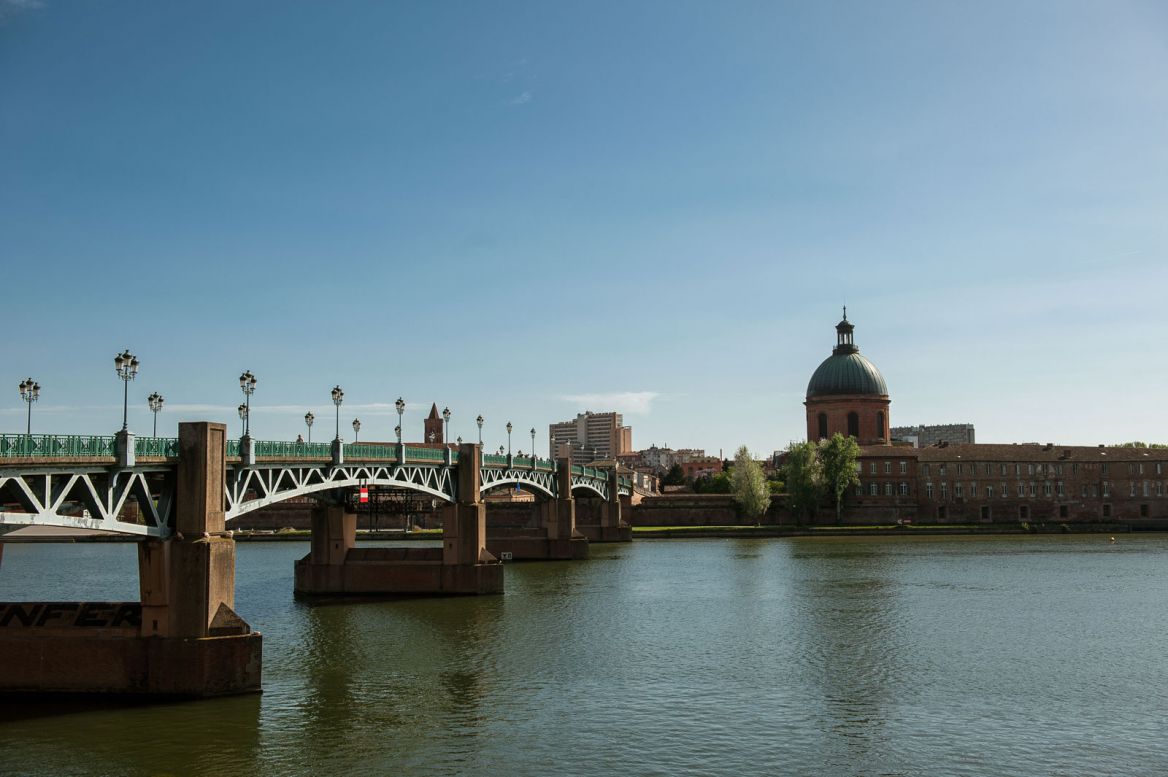
WEATHER
A TEMPERATE CLIMATE
If the rains are abundant and the summer frequent thunderstorms, the climate is rather temperate. Tarbes, Lourdes and Toulouse even reach, in summer, heat records, the pink city is also one of the sunniest French cities.
The ideal period to visit this part of the Occitanie region is between May and September, when the temperatures are the most pleasant and the sunshine is more important.
In winter, snowfall is frequent on the peaks, which is a delight for winter sports enthusiasts. The average temperatures remain mild in the valleys, they are sheltered from the rains by massifs which rise up like ramparts against the clouds.
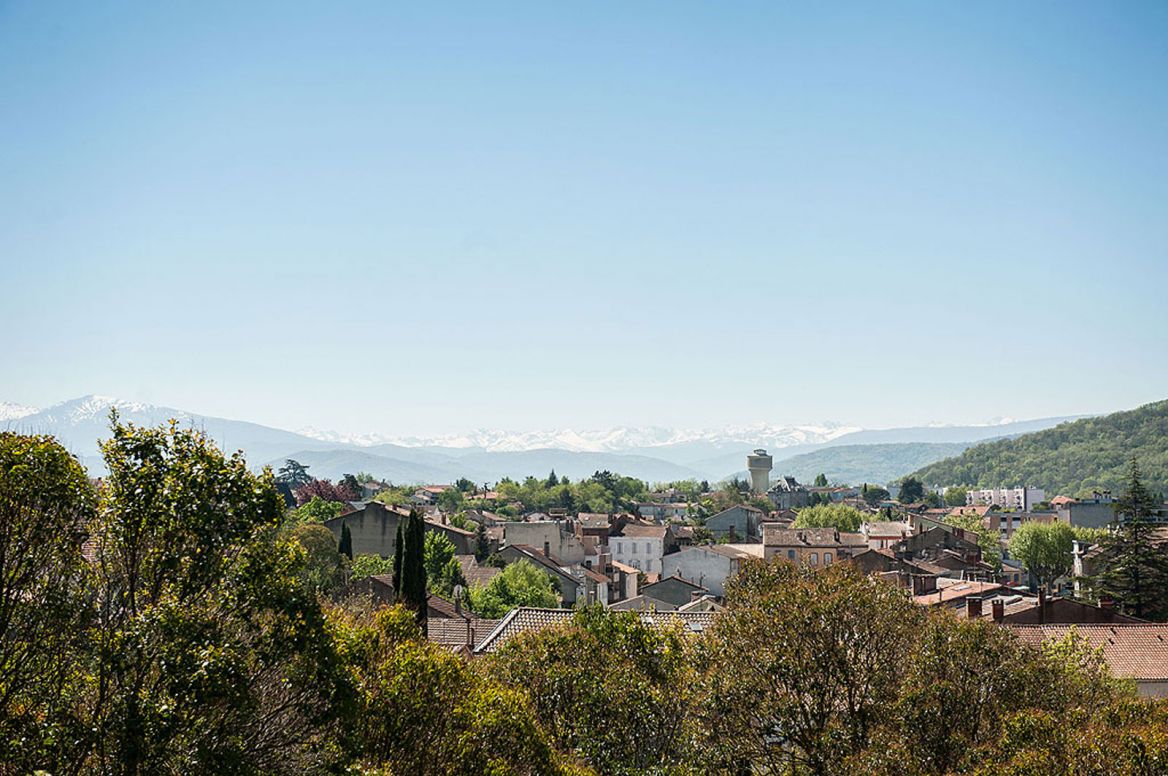
HISTORY
IN THE TRACKS OF OUR HISTORY
Castles, Museums, Churches and Abbeys still illustrate the rich past of Toulouse and the Pyrenees.
The first human occupation in the Pyrenees dates back 450,000 years. The skull of Tautavel's man, homo erectus, was discovered in the Eastern Pyrenees. In Haute-Garonne and Ariège, in prehistoric times, man discovered rock shelters where they settled. Drawings, engravings, sculptures, tools found in the decorated caves bear witness to the human presence.
The Romans will make Tolosa, Toulouse in the 1st century, a prosperous colony. They will occupy this territory for 5 centuries, will create access roads, will build superb villas like the immense residence of Montmaurin in the vicinity of Saint-Gaudens.
In the Middle Ages, the region was made up of a conglomerate of principalities living under the suzerainty of the powerful Counts of Toulouse. A new doctrine also appears in the face of Catholicism: Catharism which does not please Pope Innocent III. In a bloody repression in 1244, the castle of Montsegur is besieged by the Catholic armies, more than 200 faithful are burned alive.
At the beginning of the 14th century, we witness the Hundred Years War, the Black Death kills and Toulouse loses half of its population. In 1444, it is the birth of the Parliament of Toulouse.
From 1463 to 1560 Toulouse made a fortune thanks to the pastel trade. The prolific plant in Lauragais giving this blue dye acquired immense success until the arrival of Indigo from the colonies which put an end to this very lucrative market. 1562 marked the hour of the religious wars: 40 years of devastation. Tarbes counts its dead.
The Pyrenean valleys seem to suffer less. In 1629, Richelieu will grant the edict of grace which will put an end to the wars of religion. In 1659, the Treaty of the Pyrenees signed by Louis XIV delimits the border with Spain. In 1789, everywhere on the territory the revolt rumbles: it is the Revolution.
In February 1790 the Hautes-Pyrénées department was born, made up of Bigorre and the four valleys, with Tarbes as the capital. Argelès, Vic, Bagnères and La Neste forming the districts with 34 cantons.
At the end of the 18th century, the beginning of the 19th century, wealthy aristocrats discovered the Pyrenees and hydrotherapy. Come to Luz Saint-Sauveur for a cure, with the Empress Eugenie in 1858, Napoleon III will initiate major infrastructures and roads connecting the resorts, which will allow the development of tourism, as well as mountaineering and skiing. After the stays of Victor Hugo, Georges Sand, Sarah Bernhardt or Debussy, Cauterets and Bagnères de Bigorre became holiday resorts.
During the 1914-1918 war, Toulouse developed the powder industry and in 1917 the manufacture of Latécoère planes, followed by Aéropostale with Saint Exupéry and Mermoz in 1927. From 1920, numerous hydraulic dams were built in the Pyrenees. During the Second World War, French and Spanish resistance saved many Jews, these escape networks passed through the Pyrenees.
Among the great post-war achievements we can mention: the basilica of Saint Pius X in Lourdes, the creation of ski resorts, improvements to road networks.
In contemporary history, we will sadly remember the date of September 21, 2001, 10 days after the attacks on the World Trade Center in New York , marking the explosion of the AZF chemical plant in Toulouse. Today the Cancéropôle, a unique cancer research site, has been built on this vast space.
DISCOVER TOULOUSE AND THE PYRENEES
A TERRITORY THAT TUTORIES THE SUMMITS
We propose to present to you in our section "Visit Toulouse and the Pyrenees", the heritage riches, our favorites, the unmissable towns and villages , the tourist sites, the museums and castles and the natural resources of this land in the South West, now part of the Occitanie region.
We propose to travel through these territories with us:
In the Upper Pyrenees:
- The Gaves Valleys (Lourdes, Argelès-Gazost, Cauteret, Pont d'Espagne, Luz St Sauveur, Gavarnie cirque, Val d'Azun)
- Tarbes and the Lannemezan plateau
- L'Adour (Rabastens, Vic, Madiran, Maubourguet)
- The Pays des Coteaux (Tournay, Castelnau-Magnoac, Trie sur Baïse, Galan)
- Haute-Bigorre (Bagnères de Birgorre, Campan, Col d'Aspin, Pic du Midi)
- The Neste Valley (Arreau, Louron valley, Aures valley, Néouvielle reserve)
In Haute Garonne:
- The Pays Toulousain (Toulouse and its extended urban area, Grenada, Fronton)
- Le Lauragais (Caraman, Revel, Villefranche-de-Lauragais, Avignonet-Lauragais, Calmont)
- Le Volvestre (Carbonne, Rieux-Volvestre, Martres-Tolosane, Montesquieu-Volvestre)
- The Comminges (Saint Gaudens, Aspet, Bagnères de Luchon)
Ariège:
- Le Couserans (Saint-Lizier, La Bastide de Sérou, Saint-Girons, Bethmale, Aulus-les-Bains)
- The Pays de Foix and its urban area
- Haute Ariège (Tarascon-sur-Ariège, Niaux, Vicdessos, Auzat, Ax-les-Thermes, L'Hospitalet-près-l'Andorre)
- The Gates of Ariège and the Cathar Country (Mazère, Saverdun, Le Mas d'Azil, Pamiers, Mirepoix, Montségur).
You will also discover:
- The mountain pass route (Tourmalet, Soulor, Aspin, Peyressourde)
- The Pyrenean resorts (Campan-Payolle, Cauterets, Grand Tourmalet, Gavarnie-Gèdre, Hautacam, Luz Ardiden, Piau Engaly, Peyragudes, Saint-Lary, Val Louron, Val d'Azun).
Mercure Ax-les-Thermes
Mercure Ax-les-Thermes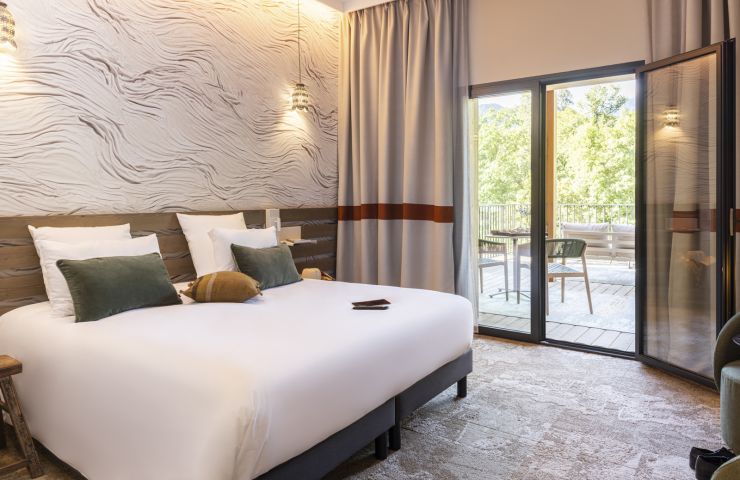
MERCURE AX-LES-THERMES HOTEL Explore, inhale, blow! Our hotel complex harmoniously combines the timeless charm of ...
Ax-les-Thermes
Mercure Ax-les-Thermes
Mercure Ax-les-Thermes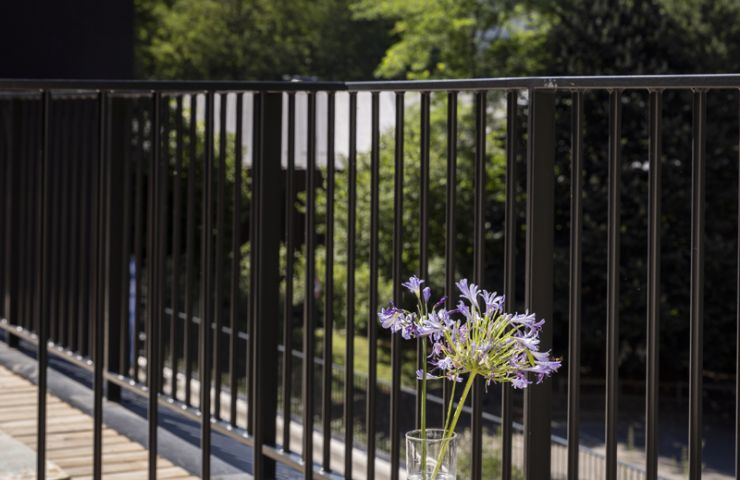
MERCURE AX-LES-THERMES HOTEL Explore, inhale, blow! Our hotel complex harmoniously combines the timeless charm of ...
Ax-les-Thermes
La Cour des Consuls Hôtel & Spa Toulouse
La Cour des Consuls Hôtel & Spa Toulouse
The 5 stars of the Pink City A confidential address housed in two 18th century mansions, La Cour des Consuls Hôtel ...
Toulouse
OUR CITY GUIDES IN EUROPE







